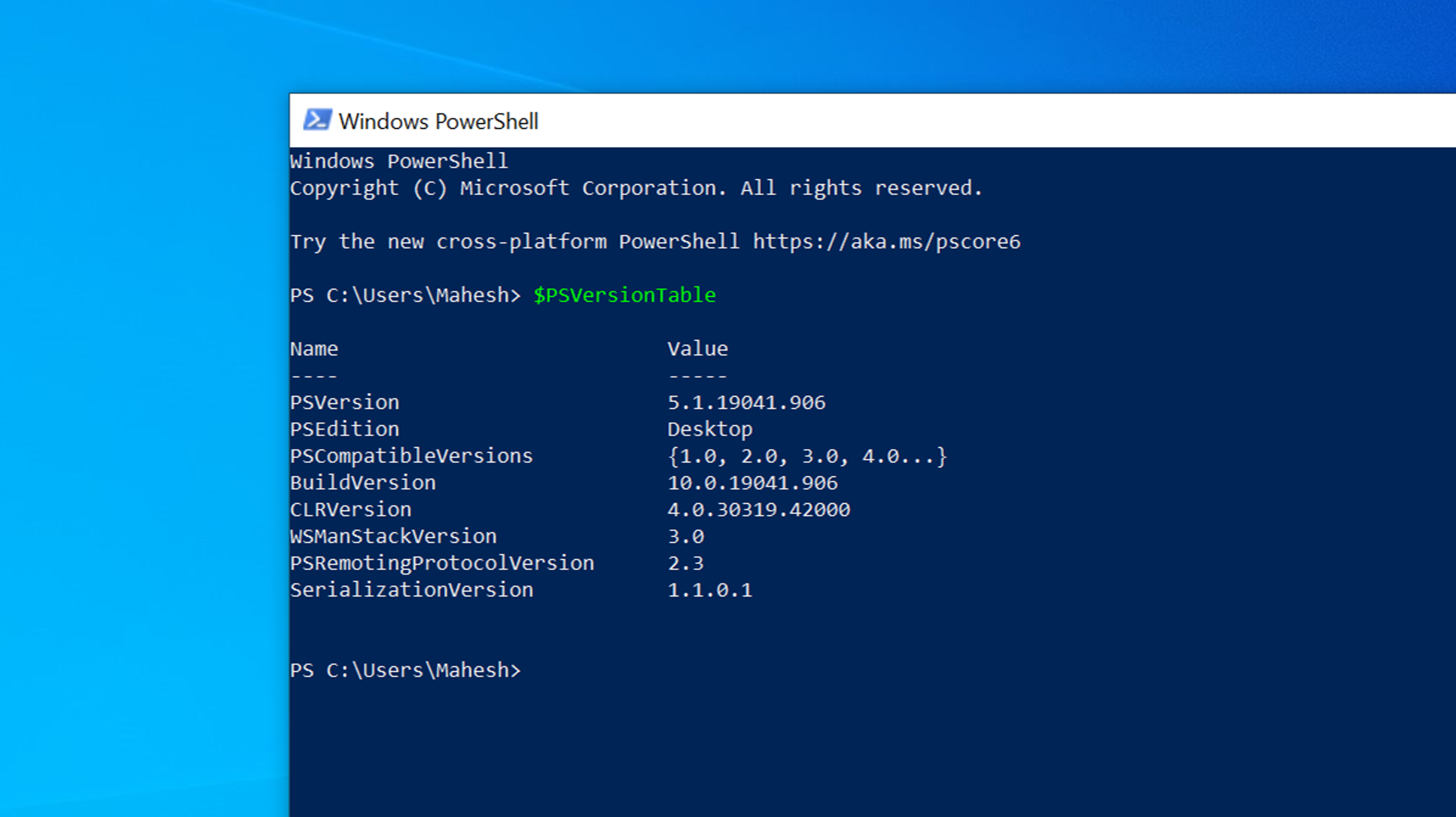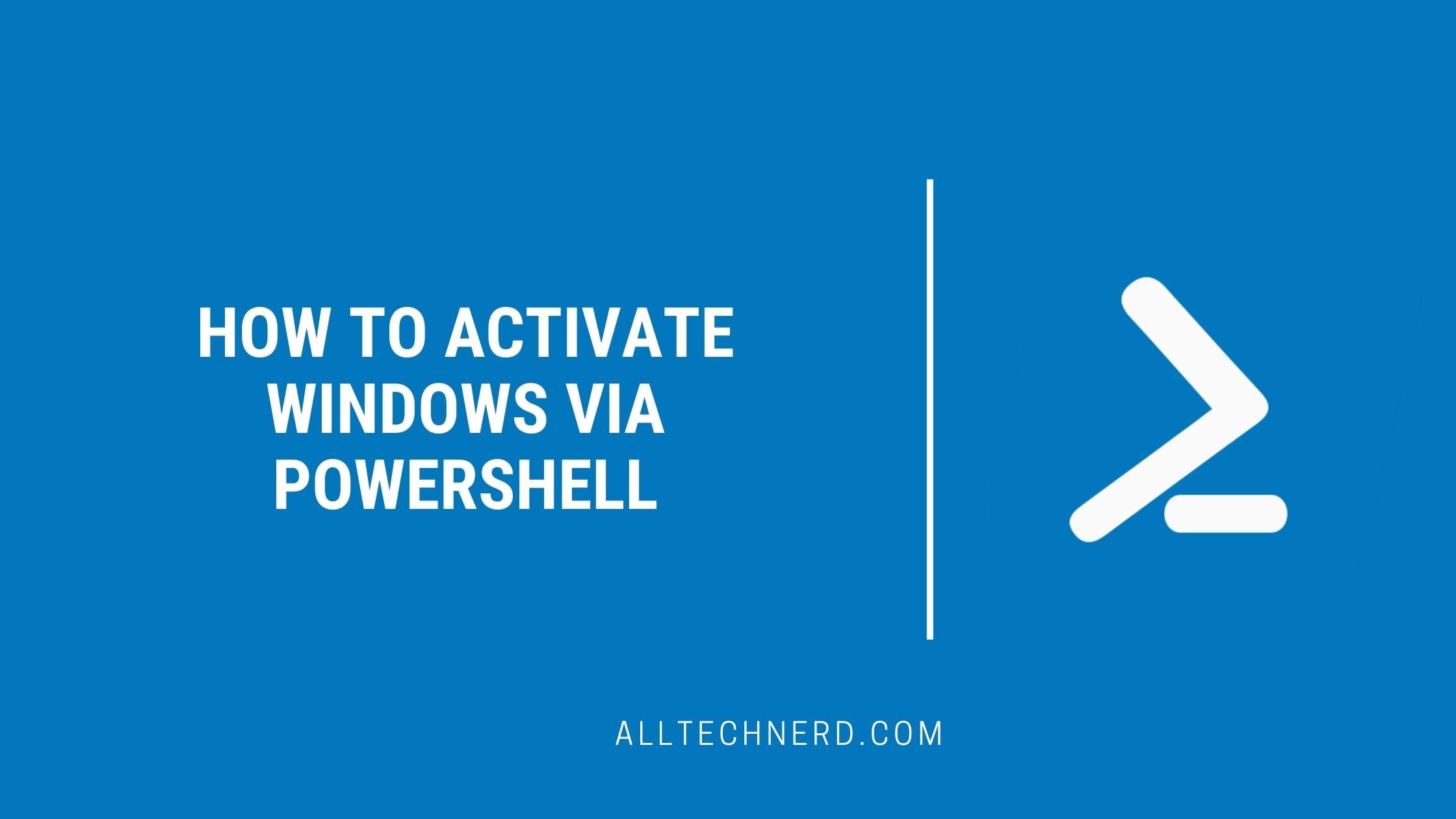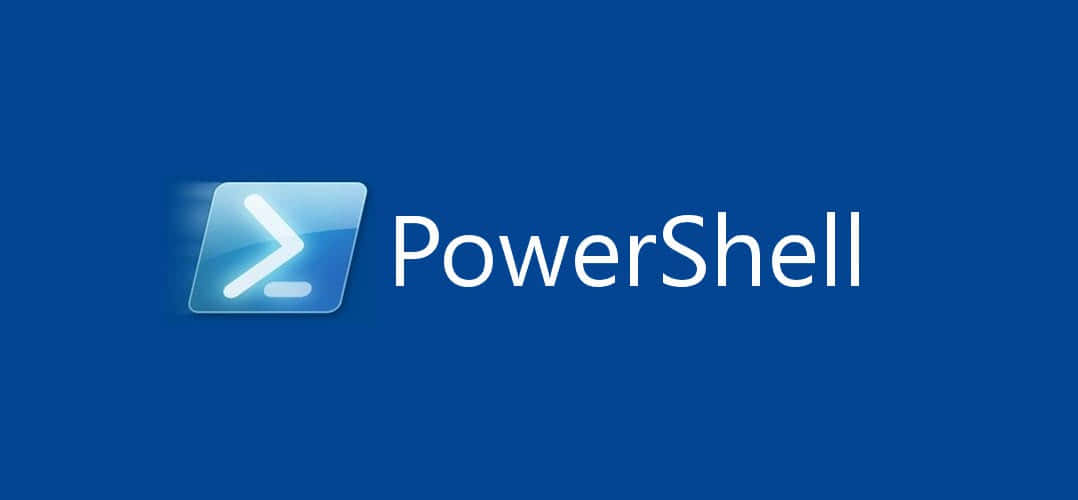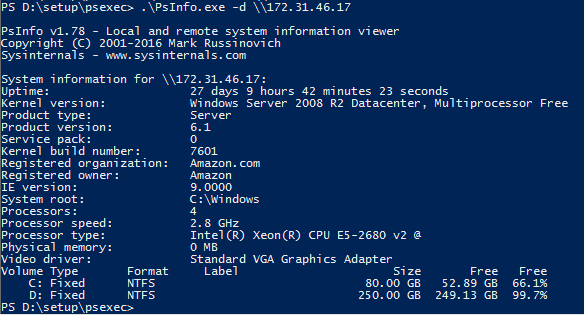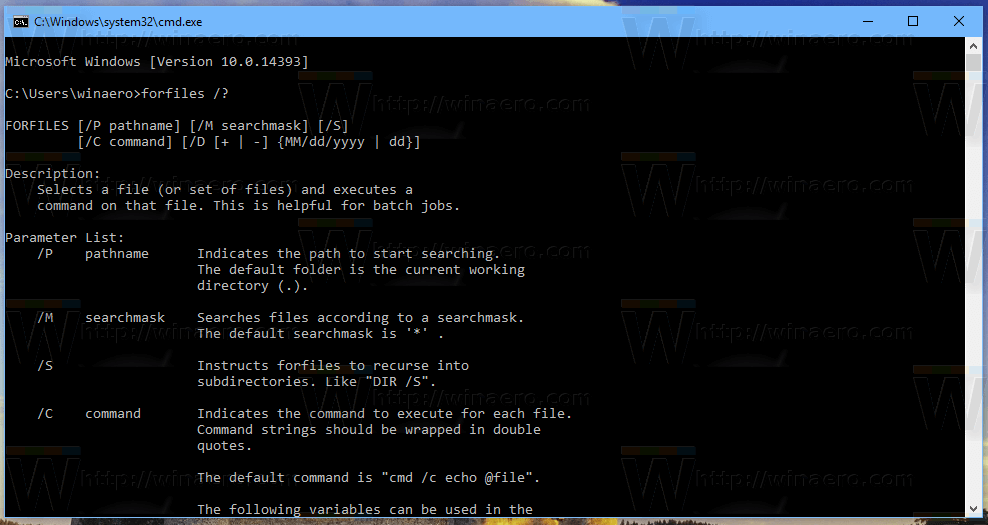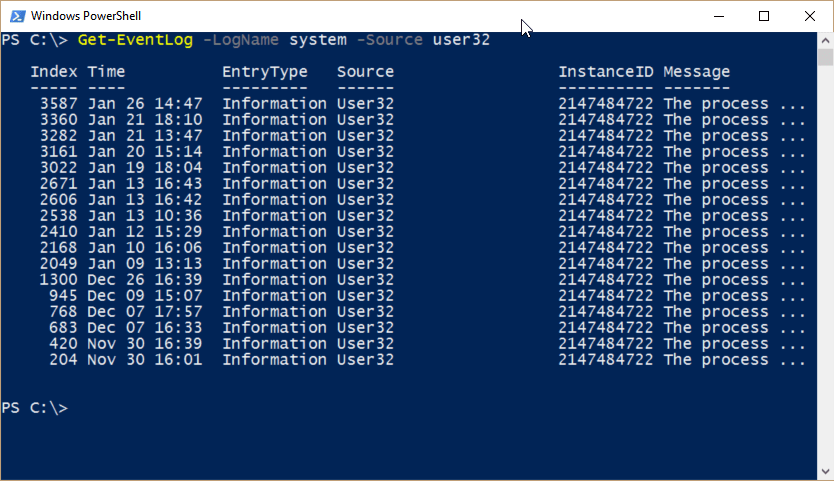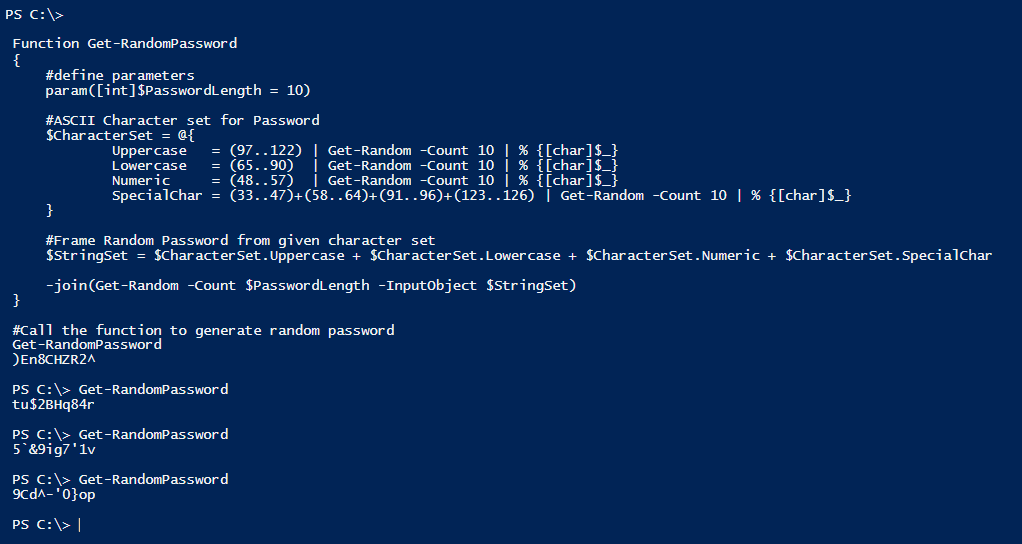Microsoft is continuously working on developing Windows PowerShell and regularly releases new versions. However, it can be frustrating that the Windows update function doesn’t always notify users about these new releases. As a result, many older Windows servers and clients may not have the latest version installed.
In this article, I will guide you on how to check the currently installed version of Windows PowerShell. By following these steps, you can ensure you have the most up-to-date version and take advantage of the latest features and improvements.
Show PowerShell version
The PowerShell version installed on a Windows operating system can be easily determined. All you have to do is open a PowerShell console and run the cmdlet “get-host” carry out. The fixed variable “$host“.
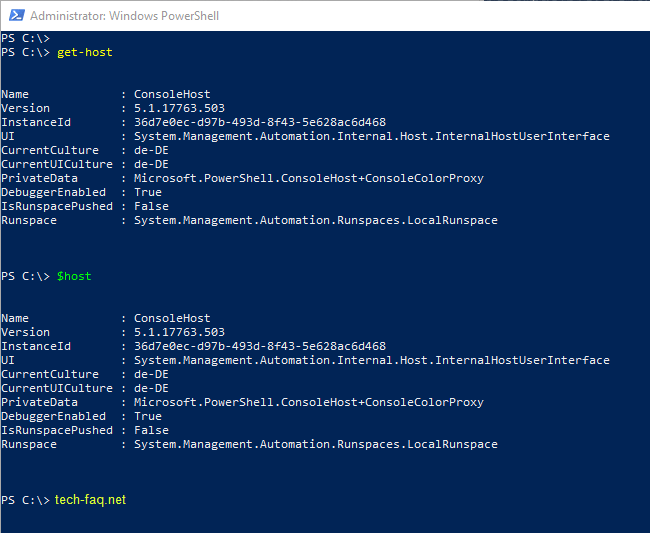
The current version of PowerShell, as of June 2019, is PowerShell 5.1. This version is already included in the Windows Server 2016 and 2019 packages. Initially, Windows 10 was released with version 5.0, while Windows 7 had version 2 as the latest available.
For all editions of Windows since Windows 7 SP1, PowerShell 5.1 is fully supported. However, the installation of PowerShell needs to be done manually, as it is not automatically included in the standard installation.
- Activate Windows Via PowerShell
- Document System events with Powershell
- Configure Windows Services with PowerShell
Windows PowerShell is part of the Windows Management Framework, which can be downloaded from the official Microsoft website for free. After installing the update, it is necessary to restart the Windows server or client. These updates bring numerous new features, expanded capabilities, and enhanced security measures. It is highly recommended to use the provided commands to check the installed PowerShell version and, if needed, install any available updates to stay up-to-date with the latest improvements and enhancements.
You can find a very good overview (version matrix) and the current download links on the following Microsoft website.

